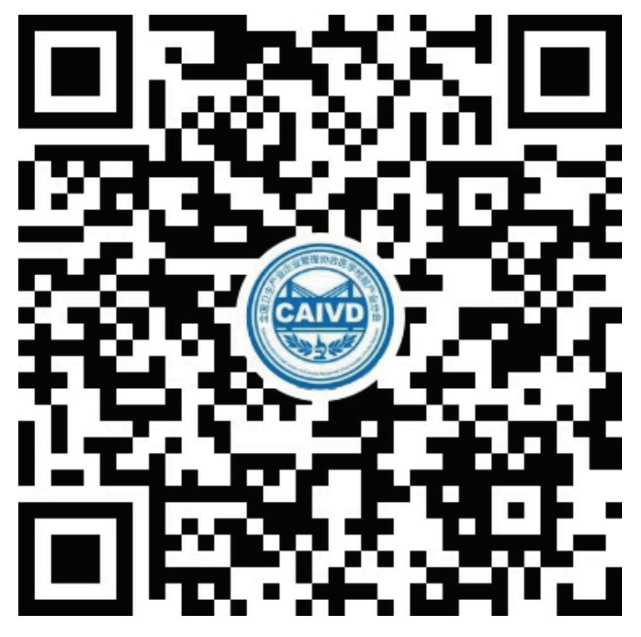
LexaGene Shifts Gears to Prepare Viral RT-qPCR Panel for FDA Emergency Submission
2020/4/7 15:07:02 Views£º1092
NEW YORK ¨C LexaGene, which has developed a pathogen detection platform for the veterinary and food safety sectors, is now pivoting to clinical diagnostics by modifying its LX Analyzer platform for viruses, including SARS-CoV-2, the virus behind the COVID-19 pandemic.
After validating its platform for viral pathogens, the Beverly, Massachusetts-based firm plans to initially launch a multiplex viral diagnostic assay by the third quarter.
Jack Regan, CEO and cofounder of LexaGene, explained that his team began considering the possibility of adding viral targets to its infectious disease testing platform in January, when the Chinese government published the SARS-CoV-2 sequence and declared it a new strain of the coronavirus. After the US Food and Drug Administration announced the Emergency Use Authorization policy for COVID-19 diagnostic assays in late February, the firm made an immediate decision to pivot to virus detection and began developing the assays.
"At that point, it opened the door to us to [address] clinical diagnostic needs in a much faster timeframe than otherwise possible for a traditional 510(k) process," Regan explained. "We also saw an opportunity to enter a larger market than we originally thought."
LexaGene's LX Analyzer features single-use microfluidic cartridges to concentrate and purify genetic material from up to six samples. Using one cartridge per sample, the platform applies a proprietary RT-qPCR-based method to analyze each cartridge's contents for up to 27 different pathogens in an hour, allowing end users to develop their own pathogen panels.
Regan explained that the viral diagnostic panel will use the same proprietary process on either a nasopharyngeal or upper throat swab collected from a patient. Swabs are placed in a transport medium, where viral RNA is then purified and place into a cartridge. After inserting the cartridge into the LX Analyzer, the system will analyze the sample for several viruses. The COVID-19 test on the multiplex viral panel will specifically analyze targets from SARS-CoV-2's genome, including a target on the Pol gene and two biomarkers from the ORF1ab gene.
LexaGene is validating tests on the panel for additional major pathogens that cause respiratory illness based on their clinical importance (involving severity of disease and prevalence of infection), including influenza A/B, respiratory syncytial virus, adenovirus, human metapneumovirus, parainfluenza, bocavirus, and other viral pathogens. Since LexaGene's LX Analyzer platform is currently used predominantly for bacterial detection, however, Regan said that his team will need time to validate the platform for different viruses.
"Effectively, the sample is split into discrete tests looking for these different pathogens," Regan said. "The ability to screen for all these pathogens at once greatly increases the chances of returning a positive result when analyzing a sample from a sick individual."
While LexaGene is still finalizing the amount of time required to produce actionable results for the viral diagnostic assay, it hopes to shorten this to 45 minutes.
LexaGene will be able to explore viral diagnostics while maintaining other commercial developments, and has the bandwidth to specifically tackle COVID-19 diagnosis without jeopardizing its research in food safety and veterinary diagnostics, Reagan said.
As part of efforts to pursue an EUA with the FDA, LexaGene hired Steven Armstrong last week to help the firm prepare for FDA regulatory requirements and questions. The firm is now performing multiple validation studies to demonstrate the test's sensitivity and specificity, in addition to engaging in wet lab and in silico studies.
"We will need to do studies on both [nasopharyngeal] and [upper throat swabs] to ensure the tests are sensitive and specific," Regan said. "In total, we need to process genetic data in about 240 samples, before submitting an application to the FDA within the next month."
Regan argued that because LexaGene's value proposition is to offer a test that allows a user to "walk over and place the sample" on the LX Analyzer, the firm will be able to provide "high-quality test [results] very quickly at the point of need."
Regan believes the assay will allow healthcare practitioners in hospitals, doctors offices, and urgent care clinics to have faith in the reported answer and minimize false-negative results, since it will also provide information as to whether the patient may instead have another virus.
LexaGene therefore ultimately hopes to offer the viral panel as a point-of-care clinical diagnostic by Q3.
Regan argues that single-pathogen tests, like the majority of those that currently have EUA, may offer high sensitivity but may also have a high false-negative rate for COVID-19 testing.
"Things like isothermal nucleic acid amplification don't require sample prep [and] perform a genetic reaction, skipping a bigger chunk of time, [but] at the risk of an inhibited sample and a false negative result," Regan argued.
While not planning to partner with another firm to distribute or market the viral assay, LexaGene expects to increase its salesforce to market the test within the next couple of months. If the viral panel is not CLIA-waived by the FDA, Regan believes the test will be appropriate for moderate-complexity labs.
Noting that LexaGene currently has enough capital to bring the COVID-19 assay to market, Regan anticipates launching an additional funding round to ramp up manufacturing and inventory ¡ª as well as hiring additional salespeople ¡ª for the assay within the next six months. Regan said the firm has raised about $18.6 million since it launched in 2016.

- CAIVD WeChat
Subscription Account

- CAIVD WeChat
Channels
China Association of In-vitro Diagnostics
Part of the information in our website is from the internet.
If by any chance it violates your rights, please contact us.

